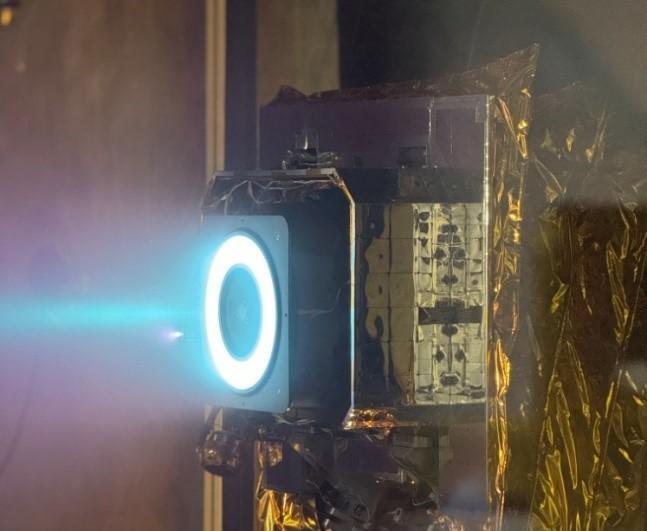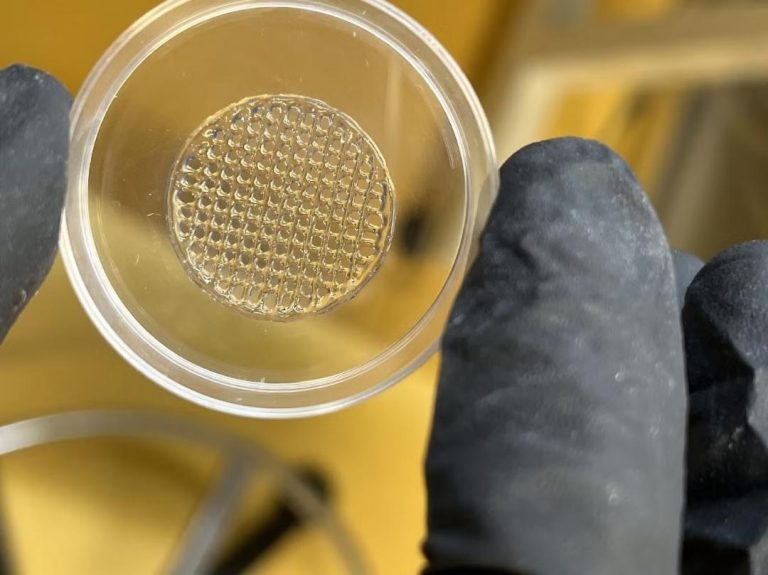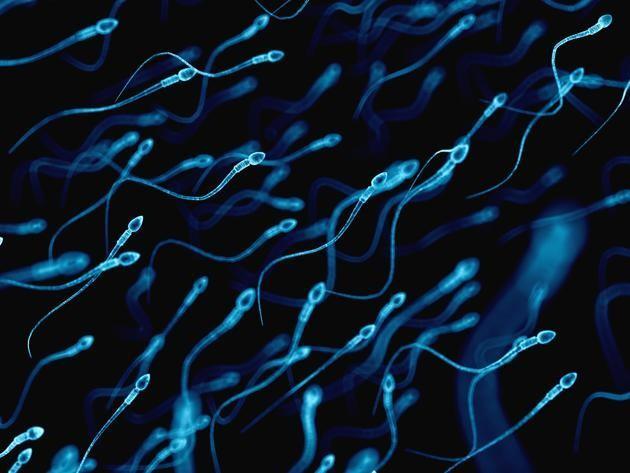
ISRO Completes 1,000-Hour Life Test of Stationary Plasma Thruster: A Leap towards Electric Propulsion
The Indian Space Research Organisation (ISRO) has achieved a significant milestone in the development of its Electric Propulsion System (EPS) by successfully completing the 1,000-hour life test of its 300 mN (millinewton) Stationary Plasma Thruster. This achievement marks a major step forward in the replacement of traditional chemical propulsion systems with electric propulsion in ISRO’s future satellites. The new propulsion system will not only enhance the efficiency and fuel efficiency of Indian satellites but also pave the way for communication satellites that use electric propulsion for orbit raising and station keeping.
The Stationary Plasma Thruster is designed to provide a continuous thrust to the satellite, enabling it to maintain its position and velocity in space. The thruster uses electrical energy to ionize the propellant, typically xenon gas, and accelerate it to generate thrust. The 300 mN thruster is a significant improvement over the earlier 25 mN thruster developed by ISRO, demonstrating the organization’s commitment to advancing electric propulsion technology.
The 1,000-hour life test was conducted to evaluate the performance and durability of the thruster under various operating conditions. The test involved subjecting the thruster to a range of temperatures, pressures, and power levels to simulate its operation in different environments. The results of the test have confirmed the thruster’s ability to maintain its performance and efficiency over extended periods, demonstrating its readiness for integration into the EPS.
Electric propulsion is gaining popularity in the global space industry due to its numerous advantages over traditional chemical propulsion systems. Electric propulsion offers higher specific impulse, which means it can achieve more thrust with less propellant, resulting in significant fuel savings. Additionally, electric propulsion systems are more efficient, reliable, and quieter than chemical propulsion systems, making them ideal for long-duration missions and applications that require precise control.
The development of the Stationary Plasma Thruster is a significant step towards ISRO’s goal of replacing chemical propulsion systems with electric propulsion in its future satellites. The organization plans to integrate the thruster into the EPS, which will enable its satellites to achieve higher fuel efficiency and longer mission durations. The EPS will also provide ISRO with the flexibility to design satellites with more complex mission profiles, including orbit raising and station keeping.
The success of the Stationary Plasma Thruster life test is a testament to ISRO’s expertise in developing advanced propulsion systems. The organization has a rich history of innovation in space technology, and the development of electric propulsion systems is a significant milestone in its journey towards becoming a major player in the global space industry.
The implications of the Stationary Plasma Thruster are far-reaching, with potential applications in various areas of space exploration. For instance, electric propulsion can be used to power interplanetary missions, enabling spacecraft to travel longer distances with less fuel. Electric propulsion can also be used to enhance the performance of existing satellites, allowing them to operate for longer periods and achieve more precise orbits.
In conclusion, the completion of the 1,000-hour life test of the Stationary Plasma Thruster is a significant achievement for ISRO, marking a major step forward in the development of electric propulsion systems in India. The thruster’s performance and durability under various operating conditions have been proven, and its integration into the EPS will pave the way for the development of more efficient and reliable Indian satellites. As the global space industry continues to evolve, ISRO’s commitment to advancing electric propulsion technology will play a crucial role in shaping the future of space exploration.






